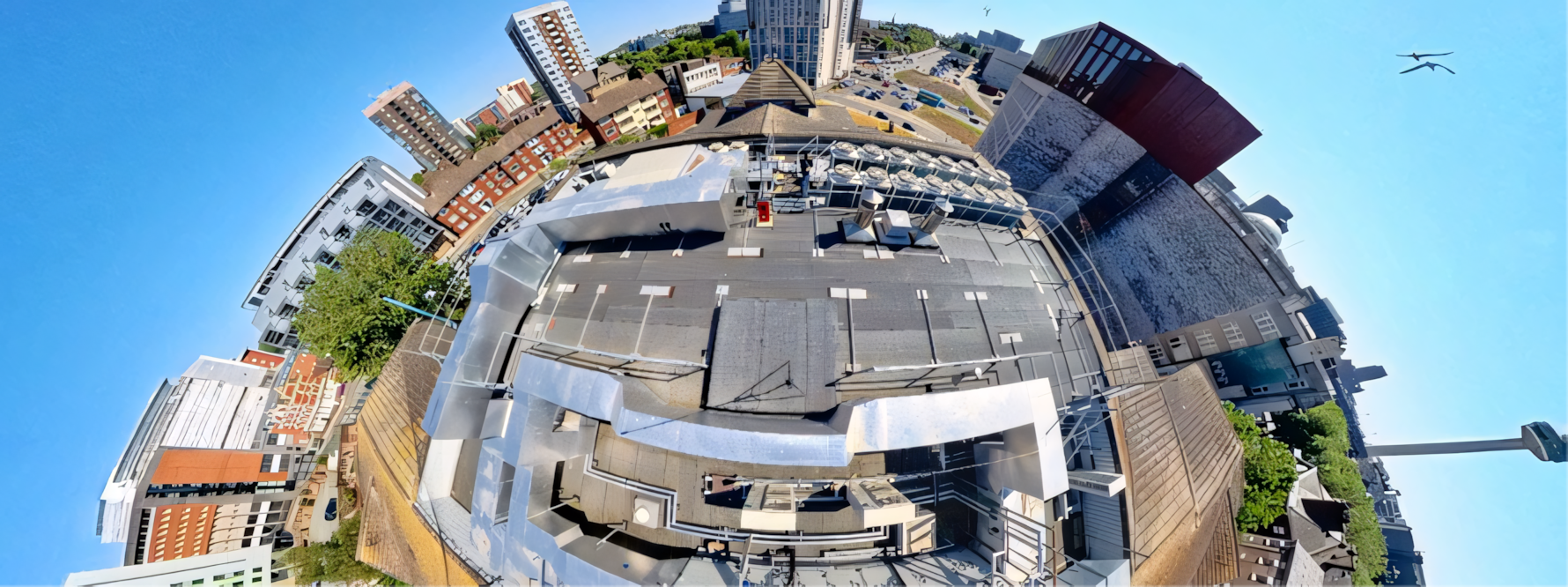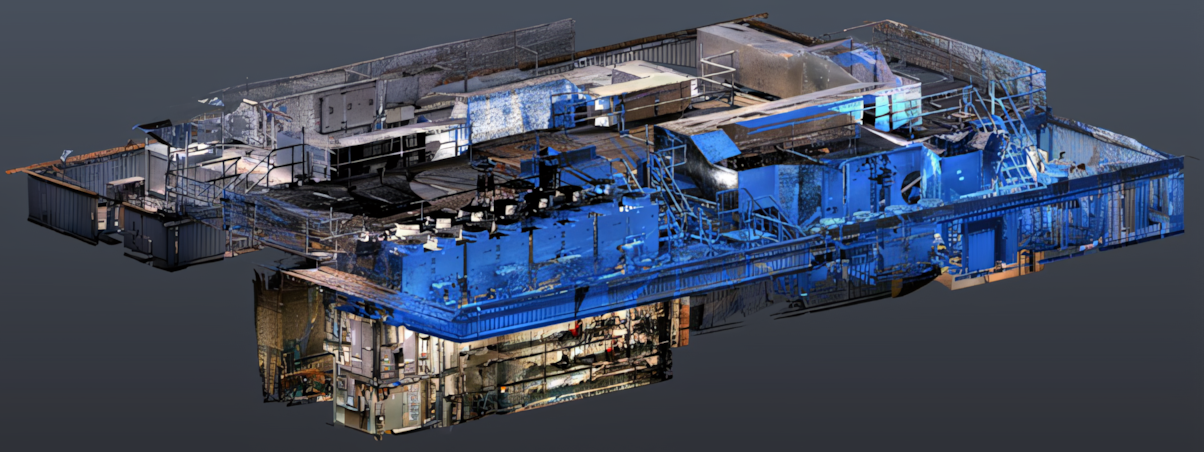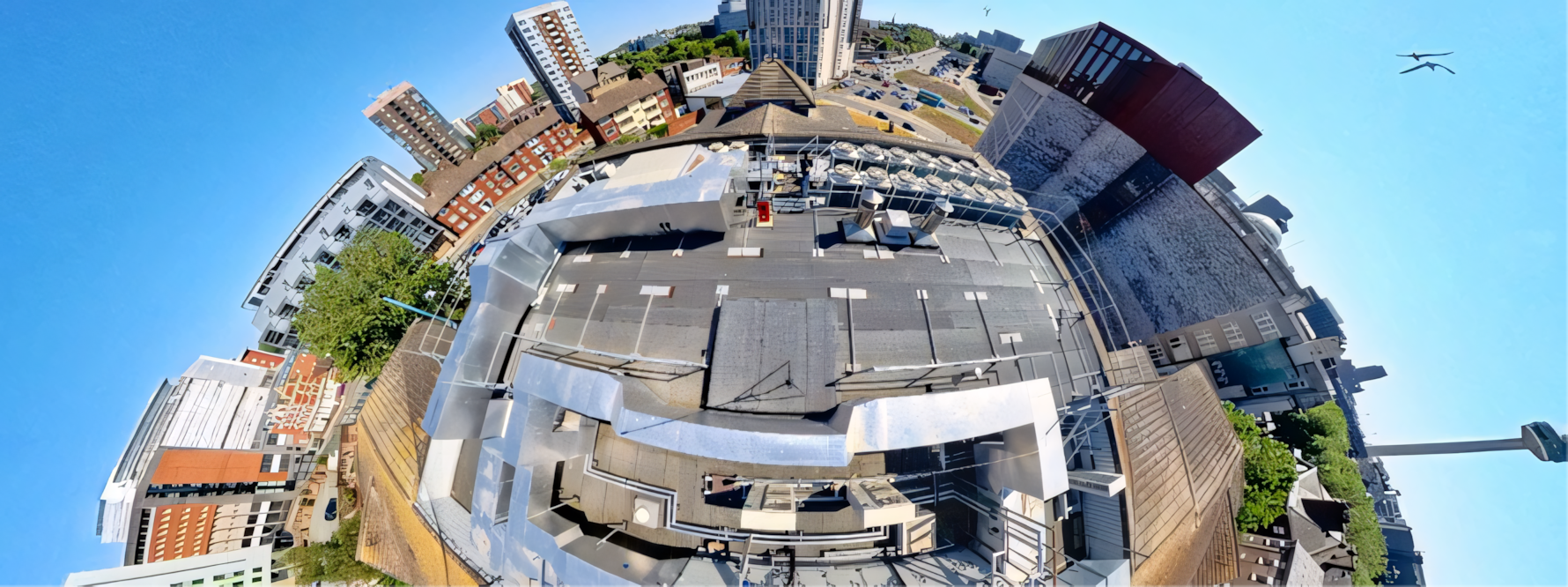Success by degrees

In Australia, we lament the lack of engineering degrees that incorporate HVAC&R and building services. Dr Badr Abdullah, Programme Leader of Building Services and Architectural Engineering at Liverpool John Moores University in the UK, tells us how they developed a successful, specialised building services engineering degree.
Ecolibrium: Could you tell us a bit about how the degree started? What was the impetus for getting it up and running and how has it developed since then?
Dr Badr Abdullah: The impetus to develop the building services engineering degree program came from a recognition that there were limited opportunities for practitioners within the local (Northwest England) building services industry for academic development that leads to professional engineer status.
There was already the HNC* provision in Building Services Engineering at Liverpool Community College, and it was envisaged that the Liverpool John Moores University (LJMU) course would complement this. The course at the local college offered part-time day attendance to serve several local employers with whom the college had a long relationship.
International infrastructure group Balfour Beatty and many local employers had for some time been signalling their desire for their HNC graduates to be provided with the opportunity to progress to a professionally accredited degree, and there were only two or three universities in the UK able to offer this. An accredited degree is needed for engineers to be admitted as members of bodies affiliated with the Engineering Councial UK (ECUK) such as CIBSE in the appropriate membership category. It was therefore in LJMU’s interest to be able to offer such a degree, and this was validated in 2009 with the support of Balfour Beatty, several local employers, and Liverpool Community College.
Initially, LJMU offered two courses: a BSc (Hons) in Building Services Engineering Project Management, and a BEng (Hons) in Building Services Engineering. This offered two pathways for students – some employers required the project management route, while others required the pure engineering route.
To assist with recruitment and develop the course offer, it was proposed in 2014 that LJMU’s offer should include architectural engineering alongside building services engineering, and both courses should be offered to up to the master level. An engineering master’s degree is the academic requirement for full membership of CIBSE and other ECUK-affiliated organisations, and LJMU needed this to complete its course offer. The term “architectural engineering” seems to have been coined in the USA and was found to be loosely used to describe engineering occupations that we in the UK would term “building services engineering”, but is a more appealing name, hence LJMU designed its course offer to encompass this.
The title “architectural engineer” is also seen as representative of an engineer who works closely at the concept stage of building design, alongside architects and other professionals, to assist with sustainability and energy efficiency issues. This contrasts with the traditional (though somewhat outdated) view of building services engineers being brought in after the building has been designed, with the job of designing the services to make the building liveable.
The LJMU course offer was now: MEng/BEng (Hons) Architectural Engineering and MEng/BEng (Hons) Building Services Engineering. Balfour Beatty had ceased to be involved with the college and university, so the BSc route was discontinued. In practice, the two programs were very similar and shared most of their modules. The architectural engineering (AE) route was designed to appeal to full-time students with little or no knowledge of the construction and building services industries, while the building services engineering (BSE) route continued to appeal to employers who required a part-time study facility.
Upon offering the AE route from 2015, recruitment more than doubled almost immediately, and this program has maintained recruitment of 25–35 students per year, while the BSE course recruits about half that number of part-time students per year.
How does the Building Services Engineering Degree differ from a standard degree in mechanical engineering?
Any course in an engineering discipline needs to be accredited by an ECUK-affiliated organisation like the CIBSE, and there are certain engineering core subjects that are found in all accredited programs, such as basics of science, engineering principles and mathematics. Where BSE and AE differ from other engineering degrees is that they offer specific modules related to the vocational aspects of the BSE/AE profession. These include study modules on construction technology, modules covering mechanical services (plumbing, HVAC&R) and electrical services (power supplies, lighting) for buildings, and design project modules where students are taught design procedures and instructed in the use of industry standard design software.




Top: 3D laser scan of ASHPs heating, hot water and ventilation systems for an educational building at LJMU, bottom: 360° imaging of the systems. Operational performance of this building was investigated as part of final year MEng AE/BSE project. (Images created/taken by Dr Hu Du at LJMU)
One of the challenges we face in Australia is attracting talent to HVAC&R building services – even within mechanical engineering. How do you attract students to a relatively unknown (and as we often say, kind of unsexy) field like building services engineering?
Building services engineering is often an under-recognised profession and not traditionally seen as an aspirational career path. While LJMU successfully attracted part-time students progressing from HNC studies at the local college, the enrolment numbers for full-time students remained low. The addition of AE broadened the appeal of the course and helped attract a more diverse cohort of students interested in the intersection of architecture and engineering.
The BSE program at LJMU actively engages with prospective students and their families through regular university open days and dedicated program-specific events throughout the year. These events provide applicants and their parents with an opportunity to visit the university, interact with faculty members, and gain a comprehensive understanding of building services engineering as a field of study and career path. By the end of these sessions, attendees leave with a clearer insight into the discipline and whether it aligns with their aspirations.
The degree apprenticeship route for building services engineering has seen increasing enrolments, with students gaining practical industry experience while studying. These students, as employees of building services-related companies, enter the program with a stronger industry perspective and practical understanding of the profession.
How much involvement does industry have in the degree?
Industry engagement is crucial for the growth and sustainability of our courses. We maintain a strong partnership with industry through an industrial liaison panel, which meets regularly to discuss key developments and mutual interests. Additionally, all courses undergo periodic revalidation as part of the university’s quality assurance process, with industry representatives actively contributing to these reviews.
Our programs are also subject to CIBSE accreditation, requiring significant input from local employers to ensure alignment with industry standards. The introduction of degree apprenticeships has further strengthened this collaboration, as employers play an integral role in delivering both on-the-job and academic training.
Moreover, we have a strong relationship with CIBSE, with several of our academic staff actively involved in the local CIBSE committee. This engagement further enhances our programs by ensuring they remain industry-relevant and aligned with professional standards.
“From when they were first offered, the Building Services Engineering and Architectural Engineering degrees have been able to boast virtually a 100% employment rate for graduates.”
How has the degree worked in terms of meeting the demands of the industry?
From when they were first offered, the Building Services Engineering and Architectural Engineering degrees have been able to boast virtually a 100% employment rate for graduates. There is always a shortage of qualified engineers in BSE/AE and graduates are snapped up, often before they have even finished their studies. Feedback is overwhelmingly positive from employers and from past graduates. Some past graduates are now in jobs where they are acting as workplace mentors for current degree apprentice students.
Graduates are now achieving professional status (charted and incorporated engineers), and local industry has an improved supply of staff with an educational background, allowing them to quickly become capable/useful members of professional teams.
Due to the government’s net zero carbon target, a range of financial support schemes, such as the public sector decarbonisation scheme, have been put in place to support building upgrades. This has created high demand for graduates with skills in the design, installation and operation of low carbon system for buildings in recent years.
The long view
When it comes to the future of the building services courses at Liverpool John Moores University, Dr Badr Abdullah is upbeat.
“We expect that LJMU’s Building Services Engineering and Architectural Engineering offer will continue to remain popular and necessary for the industry and for society as a whole,” says Dr Abdullah.
“As a nation, we are still woefully short of such engineers! In addition, engineers in our specialist field will have to be very agile at adapting to the ever-increasing pace of new technological advances, such as the move away from fossil fuels, development of renewable alternative fuels, and increasing use of AI in the design/upgrade and management of buildings.”
Dr Abdullah highlights the following trends:
- Building services degrees will integrate AI and IoT, focusing on data analytics, smart building management, and automation. Graduates will need skills in programming and data interpretation to optimise building performance and energy efficiency through intelligent systems. This will lead to more responsive and sustainable building environments.
- Electrification of buildings is the trend in building services design, which means students need to know how to use renewable energy and heat pumps. The LJMU building services program already covers these topics in final year so that graduates can design, commission and maintain buildings that rely solely on electricity, which helps cut fossil fuel use and achieve net-zero carbon emissions.
- Retrofitting existing buildings will make up the majority of work in the future. It demands specialised skills in building services condition survey, energy auditing, sustainable design, and heritage building adaptation. Future degrees will emphasise these areas, preparing graduates for a growing retrofit market crucial for decarbonisation. Knowledge of legacy (older) building systems and innovative upgrade techniques will be essential.

This article appears in Ecolibrium’s Winter 2025 edition
View the archive of previous editions
Latest edition
See everything from the latest edition of Ecolibrium, AIRAH’s official journal.





